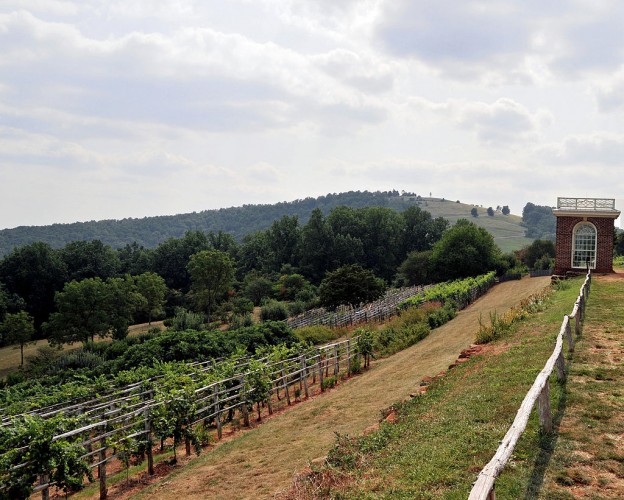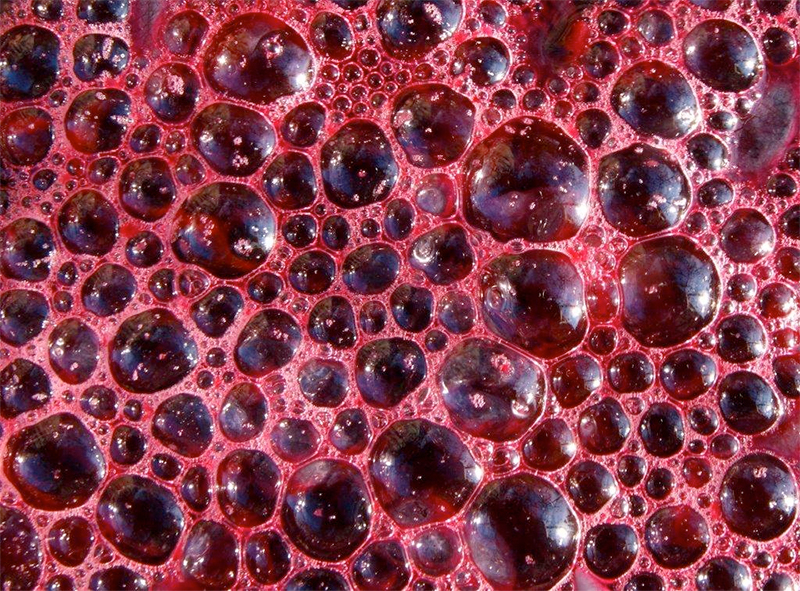We live in a little bubble here in Napa, and it’s easy to forget that other places around the world make great wine too. On the occasions when we pop our heads out of the Cabernet bunghole it’s usually to check out something from nearby Oregon or Washington, or from Europe’s big players like France, Italy, or perhaps Spain. Those areas seem to get all the love and attention, but in nearly every corner of the world you’ll find passionate winemakers doing their thing. From the United States to Eastern Europe, these are some of the more interesting, and unexpected hidden gem wine regions making a splash.
Texas
You’re probably thinking “how can wine grow in the desert” but in fact Texas is an extremely fertile state with more climate variation than you’d think. Plus natives here have a mentality of “if they can do it, so can we” which translates directly to their winemaking efforts. Dubbed as the “new Napa” by some, Fredericksburg, Texas is an area getting a lot of attention in the Lone Star state. The hot, dry climate is perfect for growing Cabernet, Chardonnay, Merlot, and Syrah.

Where to go: The state has several AVAs, but Hill Country seems to get the most love.
Notable producers: McPherson Cellars Winery, Becker Vineyards, Brennan Vineyards
Virginia
Wine isn’t new to Virginia. Thomas Jefferson was a big wine enthusiast and tried to get some vineyards started at his Monticello estate. Virginia has built a sizable wine industry with seven official AVAs and more than 3,000 acres of vines. Today there are 230+ wineries in the state, with most clustered just east of the Blue Ridge Mountains. The most popular varieties are Chardonnay, Cab Franc, Merlot, Vidal Blanc, and Viognier.

By Tony from Paterson NJ, US
Where to go: East of the Blue Ridge mountains you’ll find Monticello and , two of the most popular AVAs in the state.
Notable producers: Barboursville Vineyards, Keswick Vineyards, King Family, Lovingston, Early Mountain, Veritas
Sicily
Sure, Italy gets most of the attention, but on this little island they’re all about doing their own thing, “Cosa Nostra” style. What you might not realize is Sicily has more vineyards than any other Italian wine region. While a huge number of those find their way into cheaper Marsala, quite a few producers have made a name for themselves by crafting dry reds like Cerasuolo di Vittoria, a blend of Nero d’Avola and Frappato which was promoted to DOC status recently. They’re also producing some crisp, aromatic whites like Bianco d’Alcamo.

Where to go: Mout Etna and Vittoria are regarded as the most exciting areas.
Notable producers: Cottanera, Occhipinti, Planeta
Moldova
Positioned between Romania and Ukraine, this country has a long winemaking history, terrific cuisine, and the world’s largest underground wine cellar. Plus 25% of the population work in the wine industry, so you know they’re a committed bunch. Producers lean heavily toward white wine production, using local varietals like Fetească albă and Fetească regală while the red grape Rară Neagră produces a lighter-bodied, fruity style. Still, most people outside of Russia have never heard of Moldovan wine, and that’s something they’re trying to change – especially after Putin’s imposed sanctions on them, putting further strain on the poorest country in the EU.

Photo: Flickr.com/Hans Põldoja
Where to go: The southern region of Purcari is where most producers are found.
Notable producers: Cricova, Chateau Vartely, Et Cetera
Michigan
Of all the states in the Union, Michigan is near the top with around 3000 acres of vines planted and 100+ wineries. They’re a leading producer of ice wines and fruit wines, but the cooler climate also does well with more traditional vinifera like Riesling, Gewurzrtraminer and Traminette. You’ll even find some great Pinot Noir and Pinot Grigio if you look hard enough. While Michigan wines haven’t earned widespread prestige from critics, that just means they represent tremendous value, often priced much less.

Willow Vineyards – Photo by Jeff Greenberg
Where to go: Grand Traverse and Berrien are the largest AVAs.
Notable producers: Chateau Chantal, Brys Estate, 2 Lads, St. Julian
Tasmania
It might be small compared to Australia, but this little island has built a big reputation for itself. it’s a shining example of the hidden gem wine regions. They produce just a fraction of Australia’s total wine at 0.5%, but represent 10% of the country’s premium production. While Australia’s warm temps prove great for Shiraz and Cabernet, Tasmania’s cooler, temperate climate works great for Pinot Noir and Chardonnay and Tasmanian Rieslings have won big praise recently thanks to their similarities to Mosel Riesling. They’re also big on sparkling wine and producers like Moet and Louis Roederer source grapes from Tasmania for Australian bubbles.

Where to go: Most of the island’s wineries are found near Launceston, where the Tamar Valley is located. This area represents 40% of the island’s total production.
Notable producers: Tamar Ridge, Bellwether, Tolpuddle, Dawson James, Heemskerk












